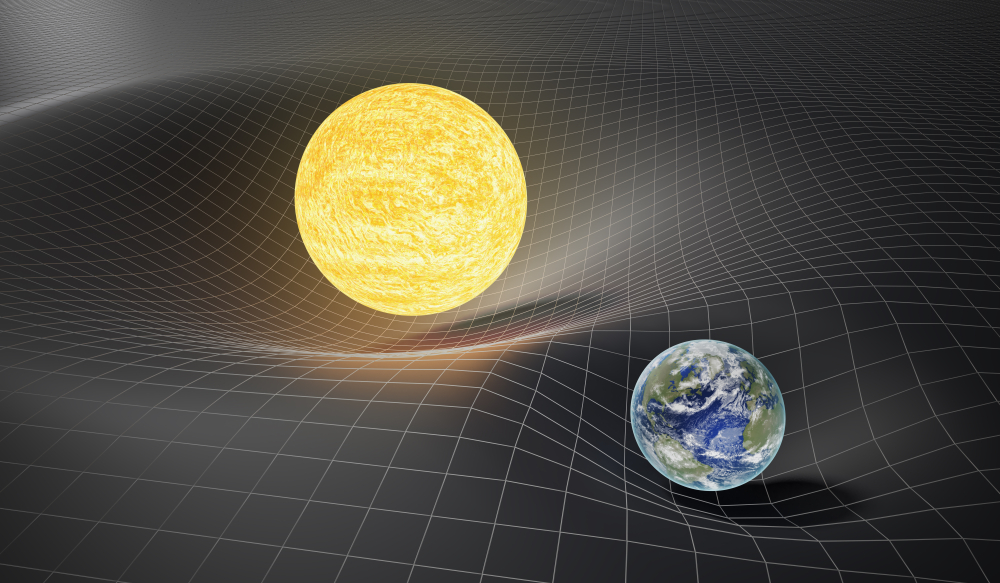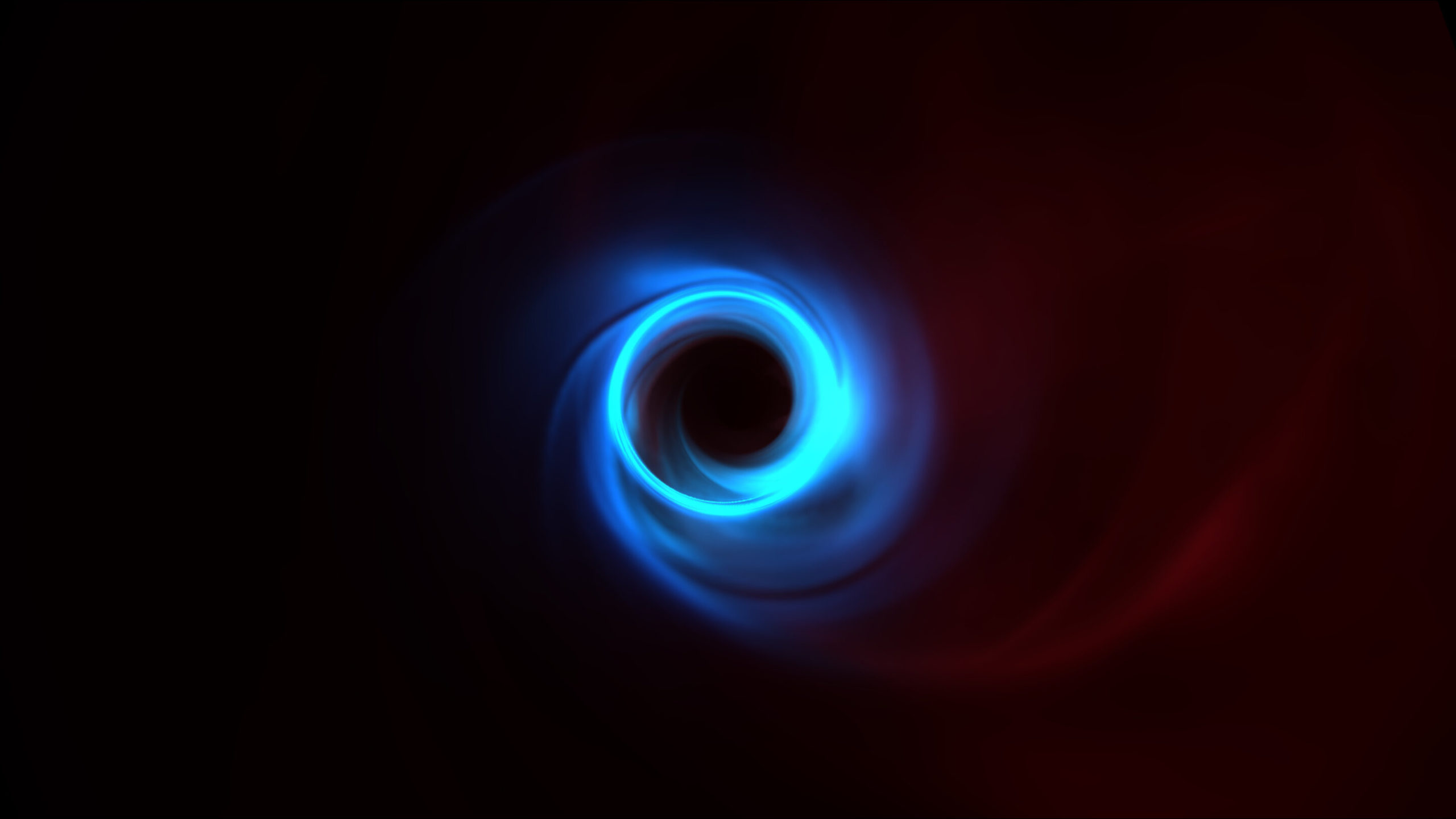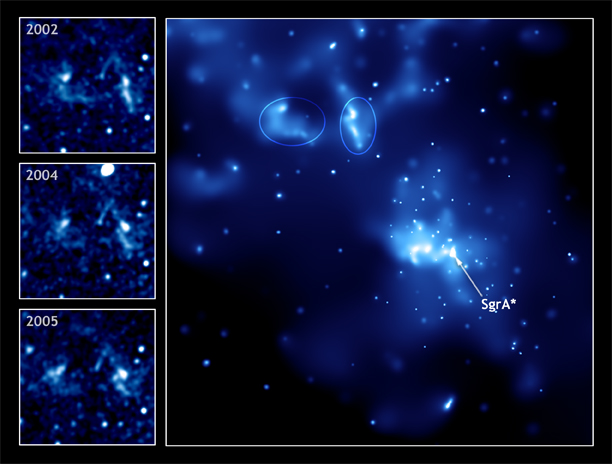How did it all start?
At the end of the nineteenth century, physics found itself in crisis: there were perfect
Special theory of relativity
However, none of these eminent physicistsmanaged to put the whole story together. Hope remained with the young Albert Einstein, who at that time had already begun to approach the problem in a new way. At the age of sixteen, he wondered what it would be like to travel with a beam of light? By 1905, he had shown that the results of Fitzgerald and Lorentz followed from one simple but radical assumption: the laws of physics and the speed of light must be the same for all uniformly moving observers, regardless of their state of relative motion.

For this to “work”, there is more space and timecannot be independent. Rather, they "convert" into each other in such a way that the speed of light remains constant for all observers. This is why moving objects appear to shrink, as Fitzgerald and Lorentz theorized, and why moving observers can measure time differently, as Poincaré theorized. Space and time are relative, i.e. That is, they depend on the movement of the observer who measures them - and light is more fundamental than both. This is the basis of Einstein's special theory of relativity ("special" refers to the limitation of uniform motion).
Equivalence principle
Soon after completing his special theoryEinstein had "the happiest thought of his life." It happened in 1907 as he sat in his chair in the patent office in Bern and wondered what it would be like to try to drop a ball while falling from the side of a building. Einstein realized that a person accelerating downward with a ball would not be able to detect the effect of gravity on it. The observer can «transform» gravity (at least in the immediate vicinity) simply by moving into this accelerated frame of reference - no matter what object is dropped. Gravity is (locally) equivalent to acceleration. This is the principle of equivalence.
To understand how wonderful he really isequivalence principle, imagine what would happen if gravity acted in the same way as other forces. If gravity were like electricity, for example, then balls with more charge would be more strongly attracted to the Earth and therefore fall faster than balls with less charge. There would be no way to transform such effects by moving to the same accelerated reference frame for all objects. But gravity is “blind to matter”—it affects all objects equally. From this fact, Einstein made the impressive conclusion that gravity does not depend on the properties of matter (as, for example, electricity depends on electric charge). Rather, the phenomenon of gravity must originate from some property of space-time.
Gravity as a curved space-time
Einstein eventually determined the propertyspace-time, which is responsible for gravity, as well as its curvature. Space and time in Einstein's universe are no longer flat (as Newton implicitly assumed), but can be pulled, stretched, and warped by matter. Gravity is felt most strongly where spacetime is most curved, and disappears where spacetime is flat. This is the essence of Einstein's theory of general relativity, which can often be expressed in the words: "matter tells spacetime how to bend, and curved spacetime tells matter how to move."
The standard way to illustrate this idea is -place a bowling ball (representing, for example, a massive object such as the sun) on a stretched rubber sheet (representing space-time). If you put a ball on a rubber sheet, it will roll towards the bowling ball and can even be put into "orbit" around the bowling ball. This is not because the smaller mass is "attracted" by the force emanating from the larger one, but because it moves along a surface that has been deformed by the presence of the larger mass.

Likewise, gravity in Einstein's theoryarises not as a force propagating in space-time, but rather as a characteristic of space-time itself. According to Einstein, your weight on Earth is due to the fact that your body travels in curved space-time.
General theory of relativity
General theory of relativity (general relativity; it. allgemeine Relativitätstheorie) is a geometric theory of gravitation that develops special theory of relativity (SRT), which postulates that gravitational and inertial forces are of the same nature.
Hence it follows that gravitational effectsare caused not by the force interaction of bodies and fields in space-time, but by the deformation of the space-time itself, which is associated, in particular, with the presence of mass-energy.
General relativity differs from other metric theories of gravitation by the use of Einstein's equations to relate the curvature of space-time with the matter present in it
General relativity is physically basedon the principle of equivalence, but this theory has a second, more mathematical foundation. Known as the general covariance principle, this is the requirement that the law of universal gravitation be the same for all observers, even those accelerating, regardless of the coordinates in which it is described. It is for this reason that Einstein called his new theory "general" and not "special" theory of relativity - he removed the previously existing restriction on uniformly moving observers. This turned out to be the most difficult problem Einstein ever faced. As he later said, expressing physical laws without coordinates is like "describing thoughts without words." The physicist had to master the abstract mathematics of surfaces and their description in terms of tensors.
What did the scientists find out?
The gravity of a black hole is so strong thatbends space. It acts as a kind of magnifying glass, which is why the shadow of this cosmic object appears larger than it actually is. Event Horizon Telescope (EHT) scientists studied this visual distortion and found that the actual size of the M87 black hole's shadow matches the predictions of Einstein's theory of general relativity.
As stated by Keiichi Asada, member of the scientific council of the EHTand an expert on radio observations of black holes at the Academia Sinica Institute of Astronomy and Astrophysics, their method is “a completely new way to test general relativity using supermassive black holes.”
How did scientists come to their conclusions?
When the first one was published in April 2019image of a black hole, it became a powerful confirmation of Albert Einstein's theory of gravity, or general relativity. The theory not only describes how matter distorts space-time, but also predicts the very existence of black holes, including the size of the shadow cast by the black hole on the bright disk material that rotates around some dense objects.
To conduct the test, the team used the firstever-captured image of the supermassive black hole at the center of neighboring galaxy M87 at a distance of about 55 million light-years, taken by the EHT last year.

Iconic image of supermassive blackhole showed that the shadow fully corresponds to the predictions of general relativity regarding its size. In other words, Einstein was right—again.
This result, reported by Event Horizon Telescope Collaboration, answered one question: Does the size of the M87 black hole match general relativity?
But “it is very difficult to answer the oppositethe question is: how much can I tweak general relativity and still match the [black hole] dimensions? ”said EHT team scientists Dimitrios Psaltis of the University of Arizona at Tucson. This question is key, because it is still possible that some other theory of gravity could describe the universe, but disguised itself as general relativity.
Einstein's probability of being wrong has been cut 500 times
In a study published Oct. 1 in Physical Review Letters, Psaltis and colleagues used the shadow of the black hole M87 to take an important step towards refuting these alternative theories.
The team conducted a very broad analysis of manymodifications of general relativity to define a unique characteristic of the theory of gravity that determines the size of a black hole's shadow. Scientists have focused on a number of alternatives that have passed all previous tests in the solar system.
“Using the sensor we developed, weshowed that the measured size of the black hole shadow in M87 narrows the wiggle room for modifications of Einstein's general theory of relativity by almost 500 times compared to previous tests in the solar system, ”explains Uarizona professor of astrophysics Ferial Ozel, senior member of the EHT collaboration. "Many ways to modify general relativity fail in this new and tougher black hole shadow test."
 A visualization of a new sensor designed to test the predictions of modified theories of gravity against a measurement of the size of M87's shadow.
A visualization of a new sensor designed to test the predictions of modified theories of gravity against a measurement of the size of M87's shadow.
Credit: D. Psaltis, University of Arizona; EHT
To be confident in the results, scientistsused the size of a black hole to perform what is known as a “second order” test of general relativity. This is “impossible to do in the solar system” because the gravitational field is too weak, explains Leah Medeiros of the Institute for Advanced Study at Princeton, also a member of the EHT.
Einstein's theory tests
In general, now physicists present a general theoryrelativity as a set of corrections or additions to Newton's theory of gravity. General relativity predicts what these superstructures should be. If measurements of how gravity works in the universe deviate from these predictions, then physicists know that general relativity is not everything. The more additions or factors added to the test, the more confidence in the result. New tests and checks on black holes will not be long in coming.
 Simulation of a black hole M87 showingthe motion of the plasma as it swirls around the black hole. The bright thin ring that can be seen in blue is the edge of what we call the black hole's shadow. Photo: L. Medeiros; K. Chan; D. Psaltis; F. Osel; UArizona; IAS.
Simulation of a black hole M87 showingthe motion of the plasma as it swirls around the black hole. The bright thin ring that can be seen in blue is the edge of what we call the black hole's shadow. Photo: L. Medeiros; K. Chan; D. Psaltis; F. Osel; UArizona; IAS.
However, if general relativity was confirmed, why are some physicists unhappy with the results? The point is that general relativity conflicts with quantum mechanics.
Relativity versus quantum mechanics: the battle for the universe
Physicists have spent decades trying to reconcile two very different theories. And if everything is clear with the general theory of relativity, then why does quantum mechanics refuse to obey Einstein's laws?
Physicists currently have two separatea set of rules that explain how nature works. There is a general theory of relativity that perfectly explains gravity and everything it determines: the rotation of planets, colliding galaxies, the dynamics of the expanding Universe as a whole. This is the «science of big things».
And there is also quantum mechanics, which dealswith three other forces - electromagnetism and two nuclear forces. Quantum theory is extremely adept at describing what happens when a uranium atom decays or when individual particles of light enter a solar cell. This is the «science of small things».

Quantum mechanics - a section of theoreticalphysics, describing physical phenomena in which the action is comparable in magnitude to Planck's constant. The predictions of quantum mechanics can differ significantly from the predictions of classical mechanics.
The clash of truly incompatible descriptions of reality
Now to the problem: the theory of relativity and quantum mechanics are fundamentally different theories that have different formulations. This is not just a matter of scientific terminology; it is a clash of truly incompatible descriptions of reality.
The conflict between the two halves of physics has been brewing for over a century - provoked by a couple of Einstein's works in 1905, one of which describes the theory of relativity, and the other - quantum.
Essentially you can think of a division betweentheory of relativity and quantum systems as “smooth” and “short”. In general relativity, events are continuous and deterministic, which means that each cause corresponds to a specific local effect.
In quantum mechanics, events caused byinteractions of subatomic particles occur in leaps (yes, quantum leaps) with probabilistic rather than definite results. Quantum rules allow connections prohibited by classical physics. This was demonstrated in a widely discussed experiment. Then scientists demonstrated that two particles - in this case electrons - can instantly influence each other, even if they are miles apart. When you try to interpret smooth relativistic laws in a succinct quantum style, or vice versa, things don't go according to plan.
Meaningless answers
Relativity gives meaningless answers whenyou're trying to reduce it to a quantum size, eventually dropping to infinite values in your description of gravity. Likewise, quantum mechanics runs into serious problems when you inflate it to cosmic proportions. Quantum fields carry a certain amount of energy even in seemingly empty space, and the amount of energy increases as the fields increase. According to Einstein, energy and mass are equivalent (this message is E = mc 2), so accumulating energy is exactly like accumulating mass. Large enough, and the amount of energy in quantum fields will become so large that it will create a black hole that forces the universe to fold into itself. However, as you can see, this does not happen.
Simply put, quantum mechanics is incompatible with general relativity, because in quantum field theory, forces act locally through the exchange of well-defined quanta.
What's the bottom line?
As a result, the new result is a little disappointing.physicists hoping to find cracks in Einstein's theory. Finding a deviation from general relativity could point the way to a new physics. Or it could help to combine general relativity, physics of the very large, and quantum mechanics, the leading theory that describes the physics of very small objects like subatomic particles and atoms. The fact that general relativity still refuses to obey "worries those of us who are old enough to hope to get an answer in our lifetime," says Psaltis.
Testing the theory of gravity is a constant search: Are the predictions of general relativity good enough for different astrophysical objects that astrophysicists don't worry about any possible differences or modifications of general relativity?
 Illustration of different strengths of gravitational fields,explored with cosmological tests, solar system tests and black holes. Image Credit: D. Psaltis, University of Arizona; NASA / WMAP; ESA / Cassini; EHT
Illustration of different strengths of gravitational fields,explored with cosmological tests, solar system tests and black holes. Image Credit: D. Psaltis, University of Arizona; NASA / WMAP; ESA / Cassini; EHT
However, future observations with the EHT will make even moreprecise tests of general relativity, especially with unpublished images of Sgr A * (Sagittarius A *), a black hole at the center of the Milky Way. With much more accurate measurements of Sgr A * mass than any other supermassive black hole, this image could change general relativity.
 Sagittarius A *. This image was captured by Chandra, NASA's X-ray Observatory. Light echoes are marked with ellipses. Full image - 12.5 arc minutes (source)
Sagittarius A *. This image was captured by Chandra, NASA's X-ray Observatory. Light echoes are marked with ellipses. Full image - 12.5 arc minutes (source)
“Images of black holes reveal completelya new angle to test Einstein's general theory of relativity,” explains Michael Kramer, director of the Max Planck Institute for Radio Astronomy and member of the EHT collaboration.
“Together with observations of gravitational waves, this marks the beginning of a new era in black hole astrophysics,” Psaltis is sure.
“When we get an image of a black hole at the center of our own galaxy, we can further limit the deviations from general relativity,” Ozel concludes.
Will Einstein be right then? And what is the fate of quantum mechanics?
Read also:
It is possible to create a thermonuclear reactor on Earth. What will be the consequences?
The Doomsday glacier turned out to be more dangerous than scientists thought. We tell the main thing
On day 3 of illness, most COVID-19 patients lose their sense of smell and often suffer from a runny nose